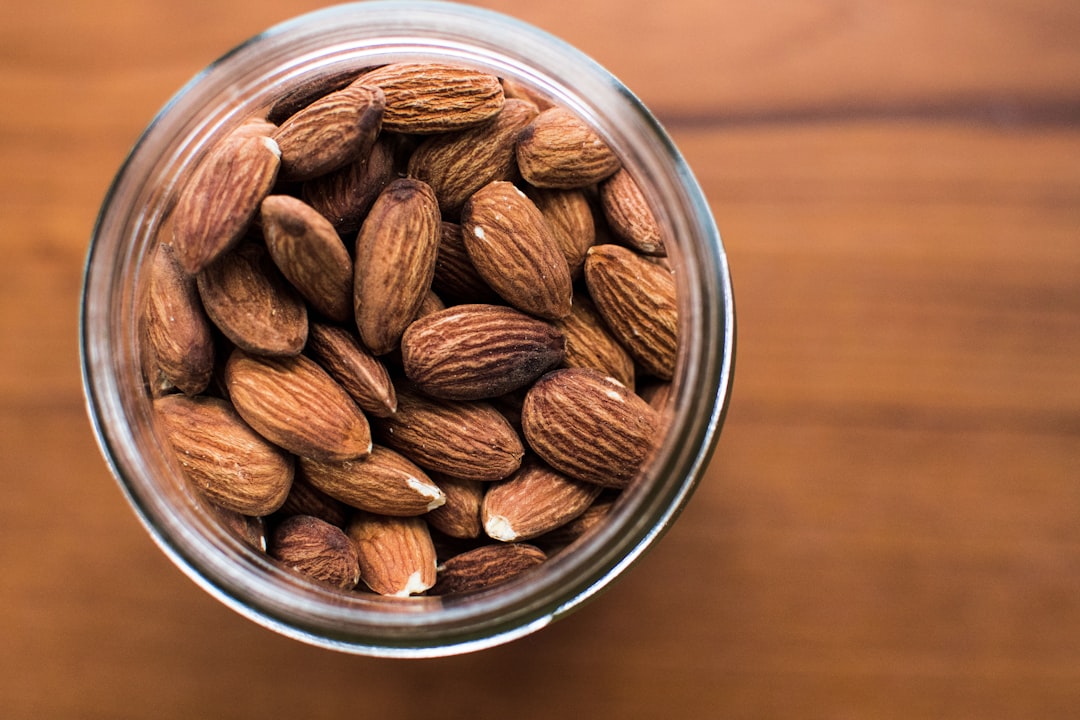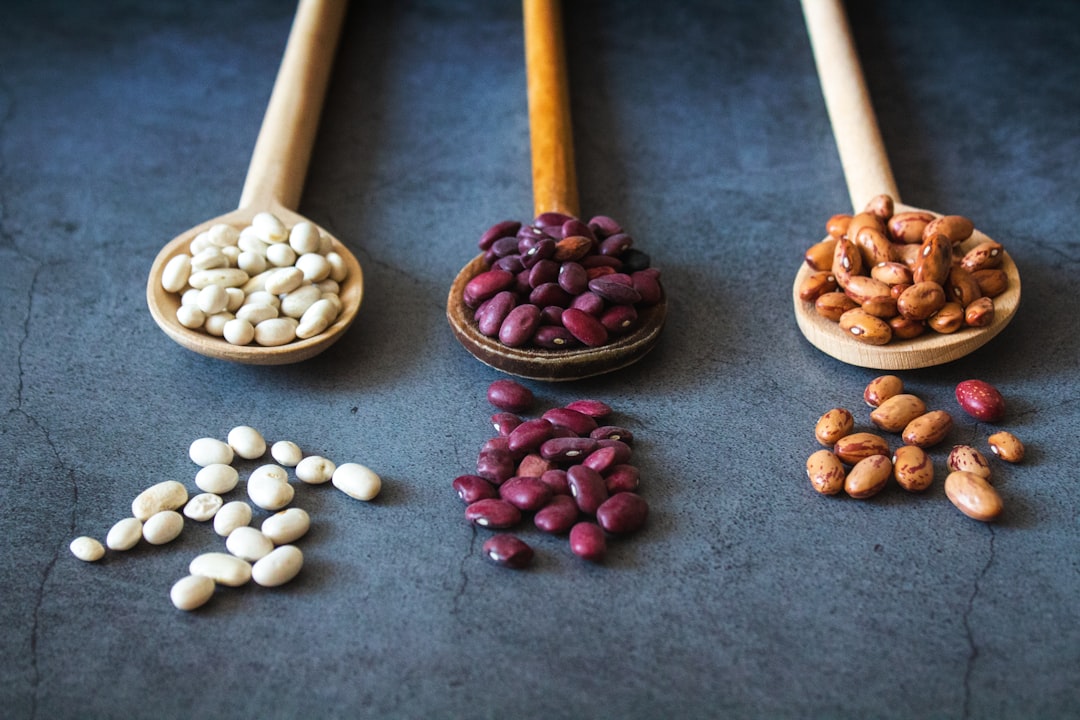What is it about?
Plant-based proteins are increasingly popular. Pea and rice proteins are promising to substitute allergenic proteins. However, manufacturers generally provide limited functionality information on these proteins. Therefore, this study comprehensively compared the functional properties of wheat, soybean, rice, and pea proteins for their industrial applications and illustrated correlation among various functionalities.
Featured Image

Photo by Artie Kostenko on Unsplash
Why is it important?
Rice and Pea proteins are promising substitutes because of their “allergen‐friendly” as well as their emergence in the food market. This study provided a comprehensive comparison of the functionality of commercially available wheat, soybean, rice, and pea proteins.
Perspectives
The information presented in this study would be helpful to food scientists, scholars, or engineers when they develop appropriate applications of various proteins in food products.
Dr. Hefei Zhao
University of California Davis
Read the Original
This page is a summary of: Comparison of wheat, soybean, rice, and pea protein properties for effective applications in food products, Journal of Food Biochemistry, April 2020, Wiley,
DOI: 10.1111/jfbc.13157.
You can read the full text:
Contributors
The following have contributed to this page










